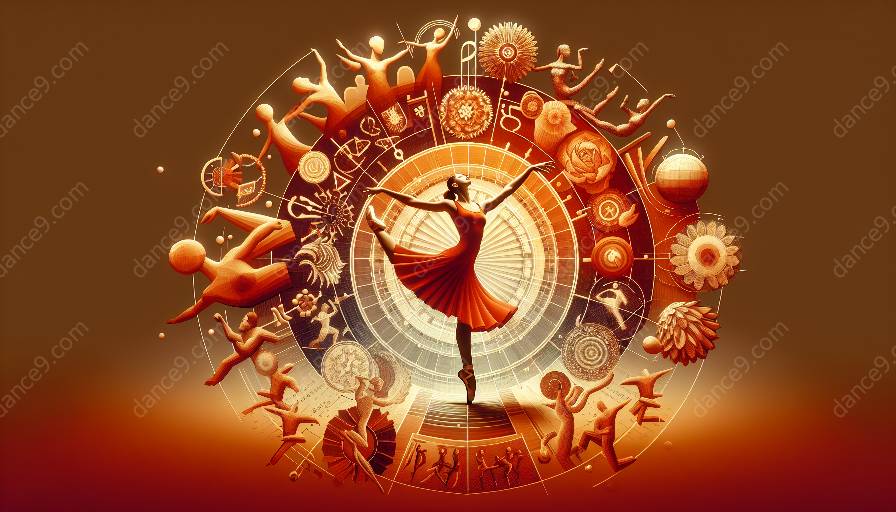The Impact of Globalization on Dance Cultures
In recent decades, the rapid expansion of globalization has significantly influenced dance cultures around the world. Globalization, as the interconnectedness of economic, political, cultural, and social aspects across countries, has had a profound impact on the way dance is practiced, performed, and perceived. This phenomenon has led to the exchange of dance traditions, the emergence of new dance forms, and the reconfiguration of identities within dance communities.
Globalization and Dance Anthropology
Dance anthropology, as a field that studies the cultural and social significance of dance within various societies, plays a crucial role in understanding the effects of globalization on dance cultures. It provides a framework for examining how global processes shape dance practices, as well as how local dance traditions adapt to and resist globalization's influence. By considering the historical, political, and economic contexts of dance, dance anthropology offers insight into the complex dynamics of cultural exchange and hybridization.
Globalization, Dance Studies, and Identity
Within the realm of dance studies, the impact of globalization on dance cultures is a central theme. Dance studies, as an interdisciplinary field that encompasses history, anthropology, sociology, and performance studies, offers a comprehensive approach to investigating how globalization affects the creation, transmission, and reception of dance forms. Moreover, globalization has led to the emergence of transnational dance practices, which challenge traditional notions of cultural identity and authenticity.
Case Studies: Globalization's Influence on Dance Cultures
To further illustrate the impact of globalization on dance cultures, it is crucial to examine specific case studies. For example, the spread of hip-hop dance from its origins in New York City to various parts of the world illustrates how globalization has facilitated the global appeal and appropriation of this dance form. Similarly, the fusion of traditional dances with contemporary styles in cultural festivals reflects the interplay between local and global forces.
Conclusion
In summary, the relationship between globalization and dance cultures is multifaceted, encompassing issues of cultural exchange, hybridity, and identity formation. By integrating insights from dance anthropology and dance studies, scholars and practitioners can gain a deeper understanding of how globalization shapes the diverse array of dance traditions worldwide, and how dance continues to evolve in response to global interconnectedness.

















